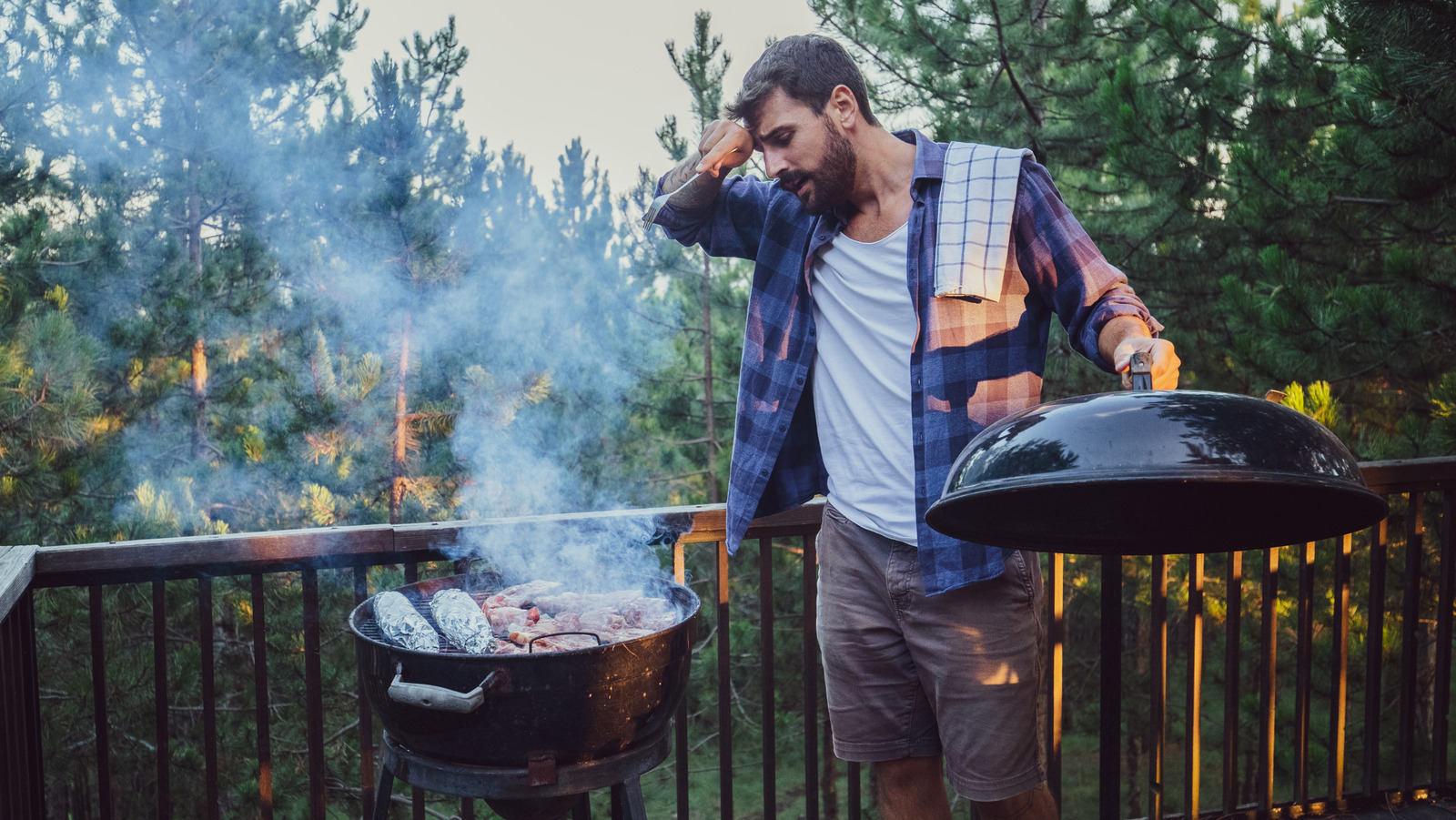
WWW.THECOLLECTOR.COM
Operation Torch: The Liberation of French North Africa
After the Fall of France and the establishment of the Vichy regime in 1940, Allied leaders looked to target French colonial possessions in North Africa. The 1942 invasion, codenamed Operation Torch, was the first major joint offensive by American and British forces in WWII. The offensive spelled the end of Vichy France and led to the final battles in North Africa between Allied and Axis forces.The Invasion PlanGeneral Dwight D. Eisenhower with other officers from the War Plans Division of the Department of War during the Arcadia Conference, 1942. Source: National World War II Museum, New OrleansAfter the United States entered WWII in December 1941, the United Kingdom vowed to work with the US and other Allied nations to bring the fight to the Axis powers. From December 1941 to January 1942, Allied military leaders met in Washington during the Arcadia Conference.The British and Americans disagreed on the best course of action. American officials proposed landing troops in France to open up a path to Berlin. British Prime Minister Winston Churchill favored landing on the North African coast to support British forces fighting against the German and Italian forces in Libya and Egypt. Some American officials believed that the North African theater was a mere sideshow designed to benefit the British Empire. Ultimately, President Roosevelt came around to the British plan because of the slow buildup and inexperience of American forces.Ever since France surrendered in 1940, the puppet regime based in Vichy declared neutrality and was allowed to control Frances colonies. In Algeria, Tunisia, and Morocco, the French colonial authorities were governed by military commanders who declared their loyalty to Marshal Philippe Ptain, the World War I hero who led the Vichy government.Commanders like Admiral Franois Darlan and General Charles Nogus instituted discriminatory laws against Jews, provided information to Axis troops in secret, and closed off their ports to Allied shipping. The Allies hoped to convince these commanders to switch sides and reinforce their advance against the rear of the Axis army in Libya.HMS Seraph, the submarine that took General Mark Clark to Morocco, 1942. Source: US Naval InstituteOperation Torch envisaged a multipronged assault on Oran, Algiers, and Casablanca. Once Morocco and Algeria were taken, the invasion force would advance on Tunisia. The landings were scheduled for November 8, 1942. General Dwight D. Eisenhower was designated commander and French General Henri Giraud was to be given command of French forces once they switched sides. Giraud initially hoped to command all Allied forces but agreed to recognize Eisenhowers authority. To avoid alienating Vichy commanders, Allied commanders did not include the leader of the Free French government, Charles De Gaulle, in planning Torch.The Allies took pains to convince the French authorities that they meant no harm. For instance, British forces were dressed in American uniforms because the French distrusted the British, and Allied troops were ordered not to fire if fired upon. Before the landings, US Major General Mark Clark landed by submarine in Algeria to meet with General Charles Mast. Mast informed Clark that some French units would help, but others would resist a landing. Some Allied diplomats covertly organized underground resistance cells to help the landing.Opposing ForcesMaps of Operation Torch and the subsequent push to Tunisia, 1942. Source: US ArmyThe Allies had three task forces allocated to Torch. Major General George Pattons Western Task Force, consisting of the 3rd and 9th Infantry Divisions and elements of the 2nd Armored Division, was ferried by Vice-Admiral Kent Hewitts fleet from Virginia. Patton planned to land at multiple points in Morocco and seize Casablanca. The Center Task Force, consisting of part of the 1st Infantry and 1st Armored Divisions and a paratrooper battalion, was commanded by Major General Lloyd Fredendall and was ordered to capture Oran in Algeria. Lastly, the Eastern Task Force, led by Major General Charles Ryder, planned to take Algiers. This force included part of the 34th Infantry and the British 78th Infantry Divisions, alongside two British commando battalions.This force numbered well over 100,000 men and had massive naval support, including the only American fleet carrier located in the Atlantic Ocean. Unlike Pattons forces, Ryders and Fredendalls task forces sailed from England with mainly British naval escorts. Most of the Allied troops assigned to the operation were inexperienced and were not sure whether or not the French would resist them.Ashore, the French had a large but poorly-equipped force of 125,000 men across all three colonies. On paper, they had 500 planes and a large fleet, but most of their equipment was poorly maintained. Moroccos garrison contained four infantry divisions while Algerias contained three. Most of these forces were ill-prepared for the coming onslaught and there was little chance that Germany or Italy would send substantial reinforcements to help them repel an Allied landing.Taking MoroccoAmerican tanks in the streets of Casablanca, 1942. Source: Ohio State UniversityPrior to the landings on November 8, French supporters of the Allied cause tried to undermine Vichy rule in Morocco. General Antoine Bthouart attempted to convince French forces to welcome the incoming Allied forces, but was stopped by General Charles Nogus. As a result, when American forces began landing, they faced resistance from the garrison. At the port of Safi, elements of the 47th Infantry Regiment landed and pushed inland immediately. Further up the coast, the 60th and 66th Regiments took control of Port Lyautey and pushed inland to seize the airfield and Kasbah behind the beaches. Lastly, the 3rd Infantry Division landed most of its men on the beaches of Fedala.French forces struggled to react to the three-pronged assault. General Nogus ordered small-scale counterattacks against the beachheads. At the same time, the French fleet in Casablanca launched an attack on Admiral Hewitts escorts. The battleship Jean-Bart was heavily damaged in the battle and forced to return to port while many other warships and submarines were sunk. Allied aircraft from the fleet and Gibraltar gained air superiority over Casablanca. Nonetheless, the Allied push inland faced the most tenacious resistance.By November 10, Pattons forces surrounded Casablanca and prepared to launch an assault on the city. However, French Admiral Franois Darlan ordered a ceasefire, meaning that the worst case scenario was avoided in the city. Despite the Allied victory on land, German U-Boats still exacted a price, sinking several merchantmen off the coast of Fedala.Assaulting AlgeriaUS troops coming ashore near the city of Algiers, 1942. Source: Warfare History NetworkTaking the ports of Oran and Algiers were critical if the Allies wanted to move swiftly towards Tunisia. The Center Task Force hit several beaches east and west of Oran, meeting little resistance. An airborne assault by the 2nd Battalion, 509th Parachute Infantry Regiment struggled due to inexperienced pilots. Nevertheless, General Fredendalls forces pushed on quickly. A landing attempt by two Royal Navy vessels in Oran harbor was stopped by heavy French fire, but the Allies managed to force Oran to surrender by November 10.Major General Charles Ryders Anglo-American force stormed the beaches east and west of Algiers in the face of small-scale resistance. At Cape Matifou, a coastal battery opened fire on the attacking fleet and was neutralized by British commandos. After Ryders forces overran several airfields around the city, Allied planes began flying into the captured runways. Just like at Oran, the Allies made an attempt to land troops in Algiers harbor with two destroyers. The US Army Rangers managed to land but were pushed out of the harbor.In both Oran and Algiers, local resistance elements supporting the Allies tried to oust the Vichy authorities. However, the resistance plots failed because they lacked enough support from the European and Arab communities in both cities. Many of the plotters were caught and were due to be executed when they were liberated by the Allies seizing Algeria. Just like the other cities in North Africa, Algiers surrendered on November 10. The seizure of the major cities of Morocco and Algeria destroyed the Vichy regimes military power in North Africa.The Vichy SurrenderAdmiral Franois Darlan, seen here visiting Hitler at the Berghof, surrendered North Africa to the Allies, 1941. Source: United States Holocaust Memorial MuseumThe Allies hoped that General Giraud would step in quickly to take over all French forces in North Africa once the Allies conquered Morocco and Algeria. However, most French units insisted that Admiral Darlan was the senior officer in North Africa and took their orders from him.As a result, General Eisenhower decided to make a deal with Darlan. In exchange for ordering French forces to stop fighting the Allies and to turn their guns on the Germans and Italians, Darlan was allowed to retain his post as the senior French military and political figure in North Africa. This deal enabled most Vichy civil servants to remain in their positions and many of the governing regulations, including anti-Jewish discriminatory laws, were kept in place.Much of the public in Britain and America, along with supporters of De Gaulle and Giraud, were enraged with the so-called Darlan deal. In Washington, there were calls for Eisenhower to be removed from command and officials in Allied capitals demanded more information regarding why a deal with Darlan was struck. In response, Eisenhower and his staff insisted that a deal with Darlan was necessary if the Allies wanted to march unhindered into Tunisia.Once the deal was signed, the Vichy governments authority in southern France effectively collapsed. Both Hitler and Mussolini ordered military units to disarm the Vichy garrison and impose direct rule over France. French warships at Toulon were scuttled and the Vichy authorities were forced to assist the Axis takeover.Torchs LegacyFrench troops during a training exercise before fighting the Germans, 1944. Source: Warfare History NetworkDarlans agreement with the Allies was short-lived. On December 24, Fernand Bonnier de La Chapelle, a monarchist and anti-fascist resistance fighter, shot Darlan in Algiers. He was subsequently arrested and executed. Nevertheless, there was relief at Darlans demise, allowing for the Free French to take over much of the colonial administration in North Africa. As Allied forces pushed eastward, they found that Germany and Italy had seized most of Tunisia. This led to a major campaign to defeat the Axis occupiers in which former Vichy units fought with the Allies.Allied commanders had achieved a major operational success in Operation Torch by sending several convoys over thousands of miles across hostile seas. Despite having limited battle experience, the Allied forces in Operation Torch seized several major cities with ease and relatively few casualties. They also managed to avoid significant damage to infrastructure and property. However, the operation led to overconfidence among Allied units who had not yet encountered the Germans in battle. This meant that the initial battles in Tunisia, such as Kasserine Pass, were disastrous for the Allies.Operation Torch also cemented Americas role in North Africa for the rest of the 20th century. Both French officials and Arab royals saw the United States as a formidable power broker and agreed to work with Washington. However, American policymakers made a couple of errors that foreshadowed future mistakes in the region. For instance, they assumed that strongmen leaders were preferable to elected ones. Additionally, they initially refused to lift the restrictions on Jewish communities, fearing that this would inflame Arab opinion. This led to significant tensions in the postwar period. Nevertheless, Torch was a successful campaign that heralded future amphibious operations in the Second World War.
0 Commentarios
0 Acciones
216 Views












